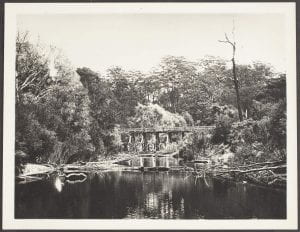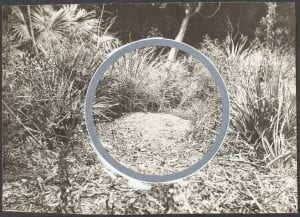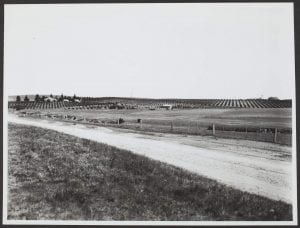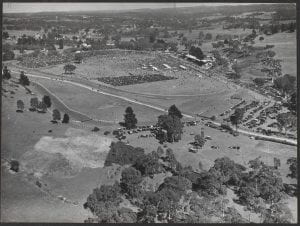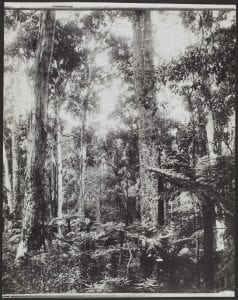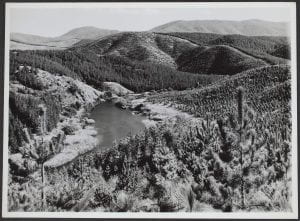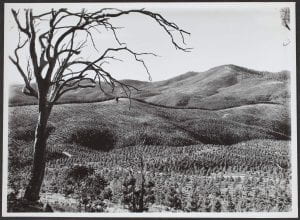Intern Profile, Carmen Mok, Archives and Special Collections Digital Presence Project
Today we’re profiling one of our invaluable Archives and Special Collections Interns, Carmen Mok, who is completing her final year of the Master of Marketing Communications. Carmen’s Internship has assisted in the development of a new and integrated digital presence for Archives and Special Collections across our websites and social media platforms. The project aims to make collections more discoverable and engaging to internal and external audiences. In Semester 2, Carmen has explored our collections to create engaging content for a number of social media initiatives such as #HistoryMonth2020 and completed a valuable audit of our web presence.
What is your academic background?
I am currently in the final year of Masters in Marketing Communications. The major focus of my studies is on the impact of digital media in the complex marketing landscape.
What path led you to undertaking an Internship in Archives and Special Collections?
Corresponding to my marketing studies background, I was focusing on searching for an internship in the commerce sector. However, with my experience of working for an arts institution before, I have learnt marketing skills and knowledge in the arts and cultural sector which has peaked my interest and encouraged me to seek work in the arts more broadly. With a recommendation from my faculty, I made contact with the Museums and Collections Projects Coordinator, Helen Arnoldi. While many of the projects were postponed because of the lockdown restrictions, I was fortunate to be able to interview for the Archives and Special Collections Digital Presence Project. And I’m glad that I have become a member of the innovative team at Archives and Special Collections. Continue reading “Intern Profile, Carmen Mok, Archives and Special Collections Digital Presence Project”

